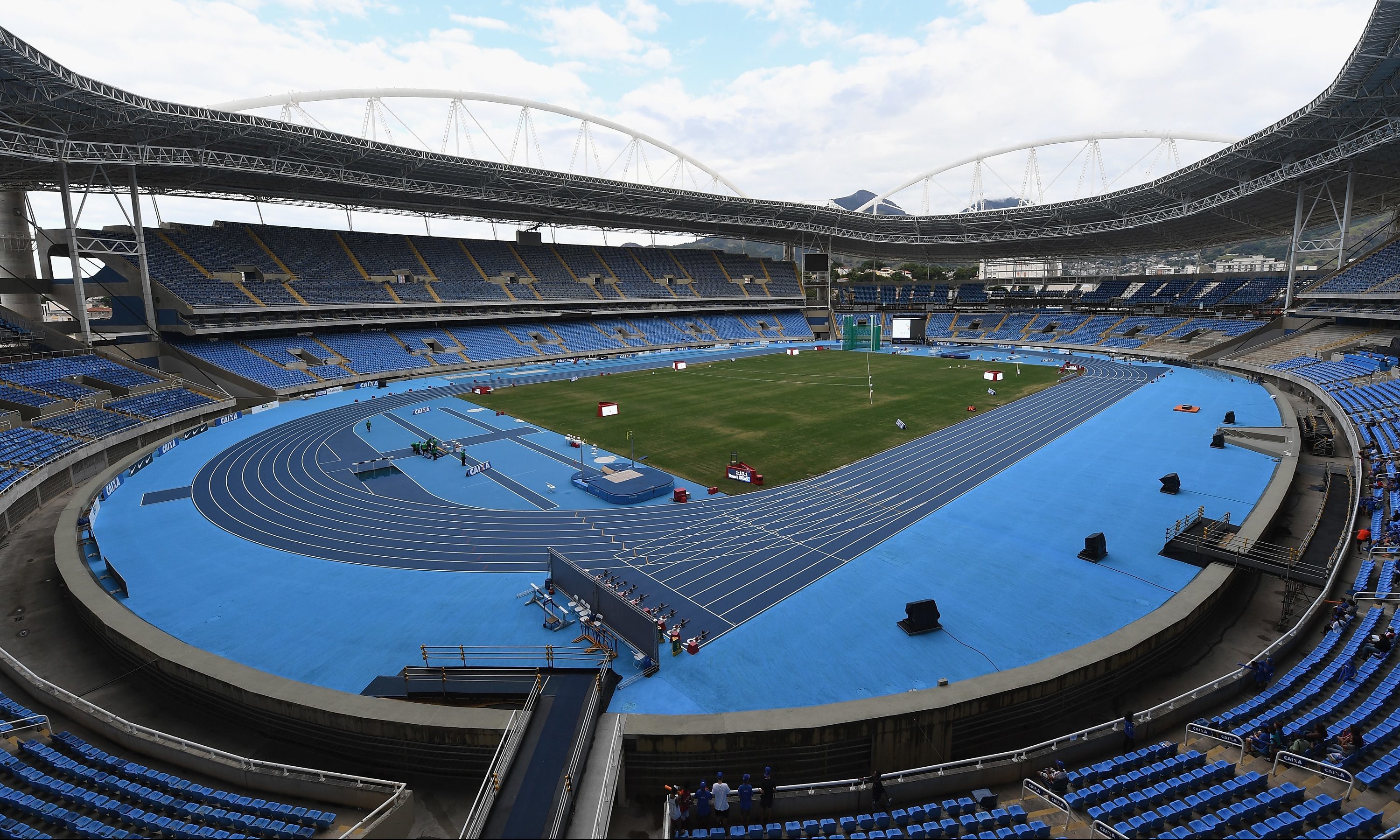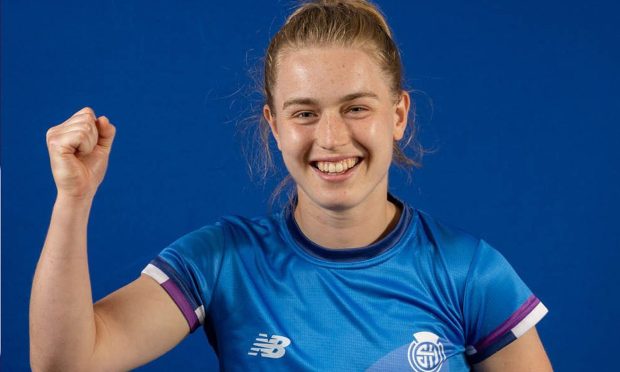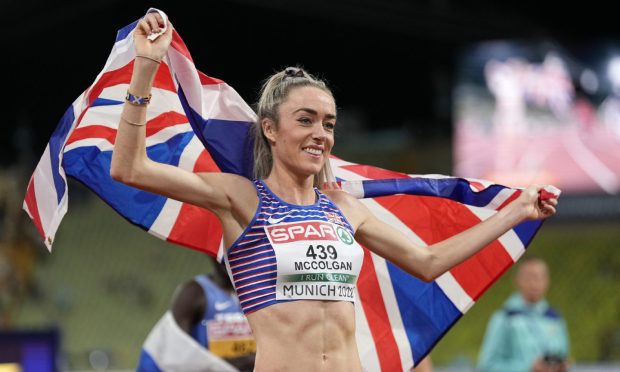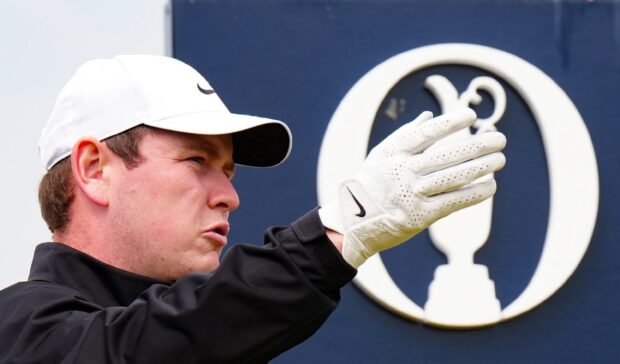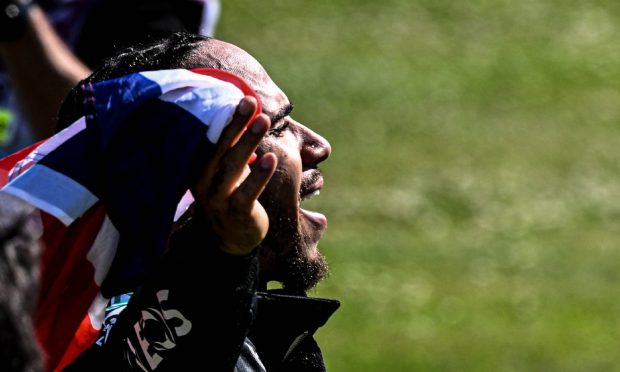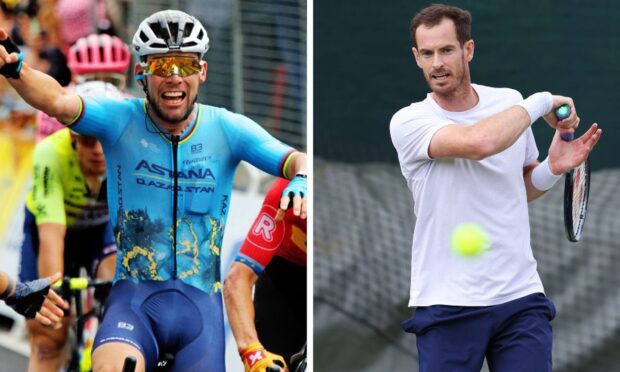International Olympic Committee president Thomas Bach has vowed to keep the dopers away from Rio after positive tests were returned on 23 athletes who competed at London 2012.
The reanalysis of 265 selected doping samples follows work with the World Anti-Doping Agency (WADA) and respective international federations since August 2015.
It was mainly focused on athletes who could potentially participate in Rio and seems certain to lead to bans from this summer’s Olympics.
“These reanalyses show, once again, our determination in the fight against doping,” said Bach.
“We want to keep the dopers away from the Olympic Games in Rio de Janeiro. This is why we are acting swiftly now.
“I have already appointed a disciplinary commission, which has the full power to take all the decisions on behalf of the IOC.”
The new findings cover five different sports and six international federations, and were all based on intelligence-gathering that began 10 months ago.
The IOC says the reanalysis programme is ongoing, with the possibility of more results in the weeks to come.
Last week the IOC announced that up to 31 athletes could be banned from competing at Rio 2016 after the reanalysis of 454 samples from the 2008 Games in Beijing.
In the meantime, one more sample from Beijing has shown abnormal parameters, which the IOC and the respective international federation will follow up.
The IOC says the reanalysis of samples from Beijing and London was performed using the latest scientific methods.
The athletes, national Olympic committees and international federations concerned are already being informed, after which the proceedings against the athletes can begin.
All athletes found to have infringed the anti-doping rules will be banned from competing at Rio.
Doping scandals have plagued the build-up to this summer’s Games with Russia under investigation following a report by WADA suggesting systematic doping in that country.
Russia has confirmed that 14 of their athletes, including some medallists, figured in the positive Beijing Games reanalysis figures.
Track and field athletes from Russia are currently suspended pending an investigation into the scandal.
Athletics’ world governing body the IAAF will decide on June 17 whether Russia has done enough to clean up its act in order to be readmitted to competition in time for the Rio Olympics, which start on August 5.
There is also the prospect of a second major WADA investigation into allegations of state-sponsored doping at the 2014 Winter Olympics in Sochi.
That inquiry is scheduled to publish its findings in mid-July, and last week Bach suggested it is potentially so damaging that the entire Russian delegation could be excluded from Rio.
